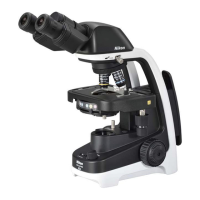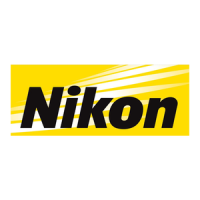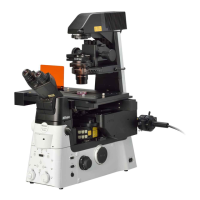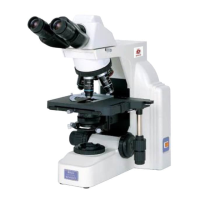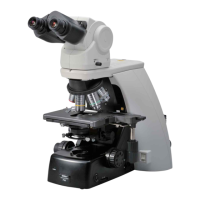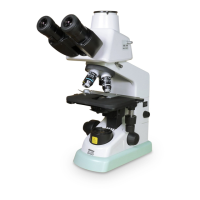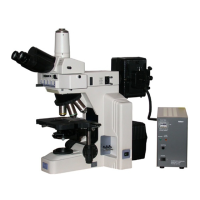Why is the viewfield dark or uneven on my Nikon Microscope?
- EErin FreemanJul 27, 2025
Uneven viewfield brightness, darkness at the periphery, or no viewfield seen might be caused by several factors. First, ensure the revolving nosepiece is in the click-stop position, correctly swinging the objective into the optical path. If your Nikon Microscope has a field diaphragm, make sure it is properly centered and not closed too far. For microscopes without a field diaphragm, position the condenser slightly lower than the upper limit. Also, verify that the condenser, field lens unit, and lamp are correctly installed. Finally, check for and clean any dirt or dust on the lenses (condenser, objective, field lens, eyepiece, or specimen).



